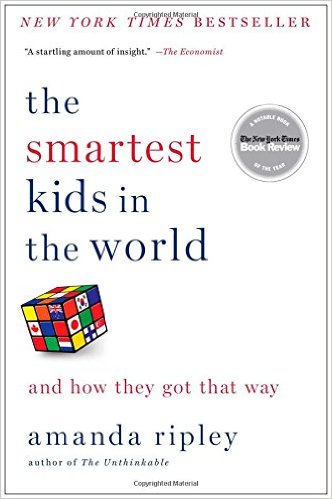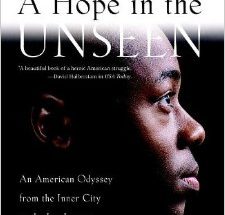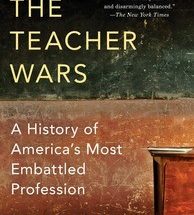
Steven Brill’s book “Class Warfare looks at education reform over the last decade, focusing largely on school administrators, activists, and charter schools that take a “break some china” approach to education reform. It’s an intensely reported (152 named sources) but ultimately sympathetic look at so-called reformers — most of them Democrats or Democratic supporters, most of them in large cities — who are trying to fix American public schools.
The book, published in 2011 and updated for paperback in 2012, follows the development of President Obama’s Race to the Top initiative and, especially in its early chapters, champions a bipartisan approach to education reform. But toward the end of the book — and this likely has to do with the contentious nature of Washington in 2008 through 2010 — Brill highlights a Democratic push over a “team of rivals” approach to education, where competing interests would work together to find new solutions. Brill sees Race to the Top as a tool similar to funding from organizations like the Gates Foundation — an incentive so great that states have little choice develop new policies that improve their schools.
“Class Warfare” is particularly critical of teachers unions and traditional Democratic politics. Though both argue they’re working to make the education system better, he says, they actually are a major force that constrains and sometimes actively prevents innovation and improvement in both individual schools and the American education system as a whole.
Brill contrasts a lot of his reporting with work by Diane Ravitch, the author of “The Death and Life of the American School System.” It’s clear the two authors have a somewhat adversarial relationship. A footnote in the paperback edition explains why Brill mentioned a speaking fee Ravitch accepted after her book was released, a detail she was apparently unhappy seeing published.
But what’s most surprising is that in Brill’s final chapter, “A Marathon, Not A Sprint,” he winds up siding more with Ravitch than with many of people he followed throughout the book. A lot of this is sparked by a young teacher in a Harlem charter school who abruptly resigns her post after rising fast through the ranks, advancing from entry-level teacher to an assistant principal overseeing the training of her peers. She calls the long hours and unrelenting pace of her work unsustainable, and Brill realizes that a lot of the efforts he’d highlighted cause the same stress that sidelined this promising young teacher.
Ravitch has long argued that, even if recruiting programs like Teach For America or a charter program work, it’s impossible to put them into effect on a large scale. Brill quotes Ravitch saying that there simply aren’t enough teachers like the Ivy Leaguers who sign up for Teach for America to bring about a turnaround in America’s schools. “She’s right about that,” Brill says.
Brill compares the successful programs he highlights to an emergency room, with people like former DC schools chancellor Michelle Rhee and Obama education advisor Jon Schnur the ER doctors. A good ER will save lives, but only comprehensive reforms to the health system will bring about real change. And that’s what’s vital in American education, Brill says. The programs that are working now may save thousands of kids, but they’re not reaching everyone.
Perhaps most surprising — I literally just wrote the word “WHAT?” in all caps, next to this paragraph — is Brill’s suggestion that UFT chief Randi Weingarten be named New York City’s schools chancellor. He argues that she’s already begun changing many of her long-held beliefs on issues like tenure and evaluations; now, Brill says, she’s simply the smartest, best prepared, person for the job.
It’s these major shifts in Brill’s central thesis that make “Class Warfare” such an interesting and important piece of reporting. It’s powerful to see a top thinkers change his mind on key issues, weighing facts and making an informed decision after years of interviews and inquiry. If only Brill had started his book at the last chapter, and used his newfound perspective to structure a national education reform agenda.



